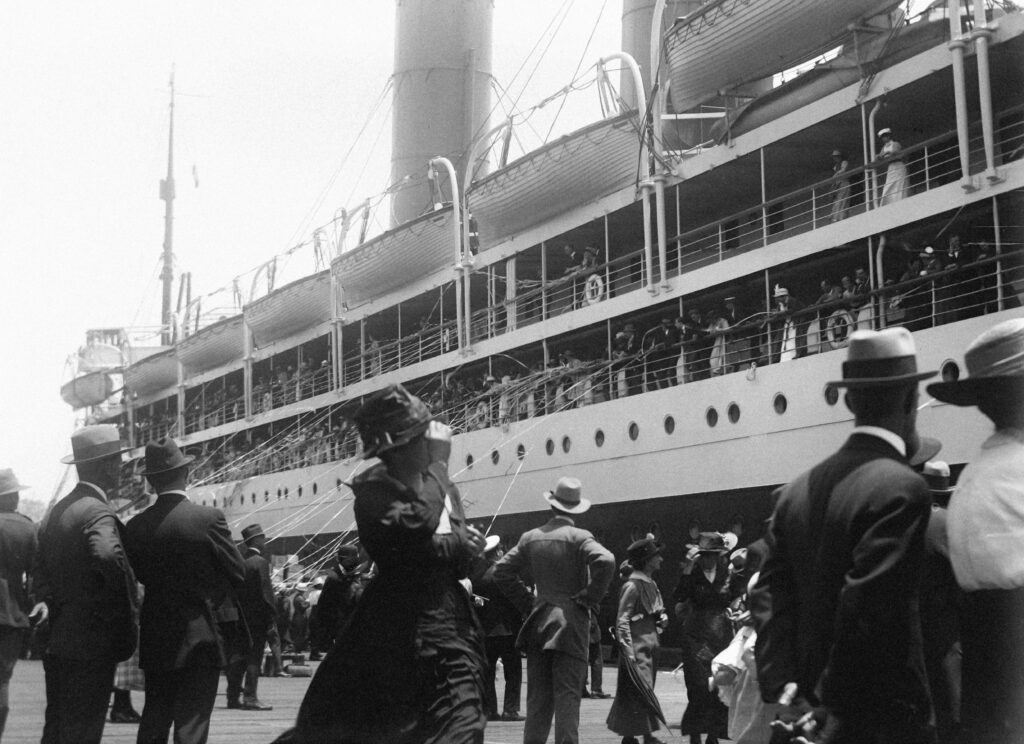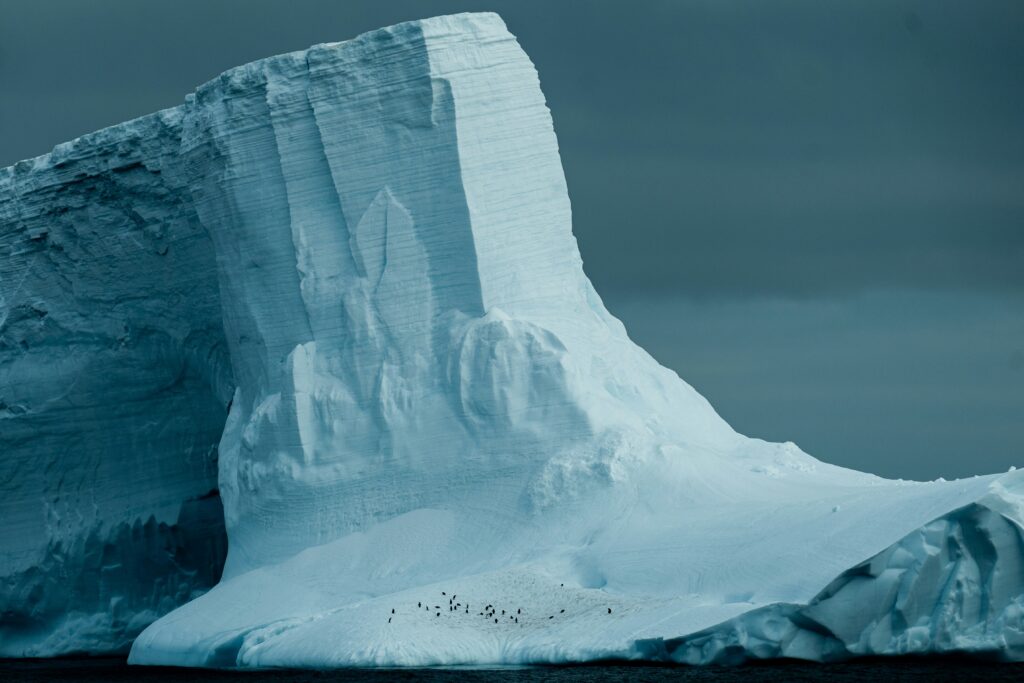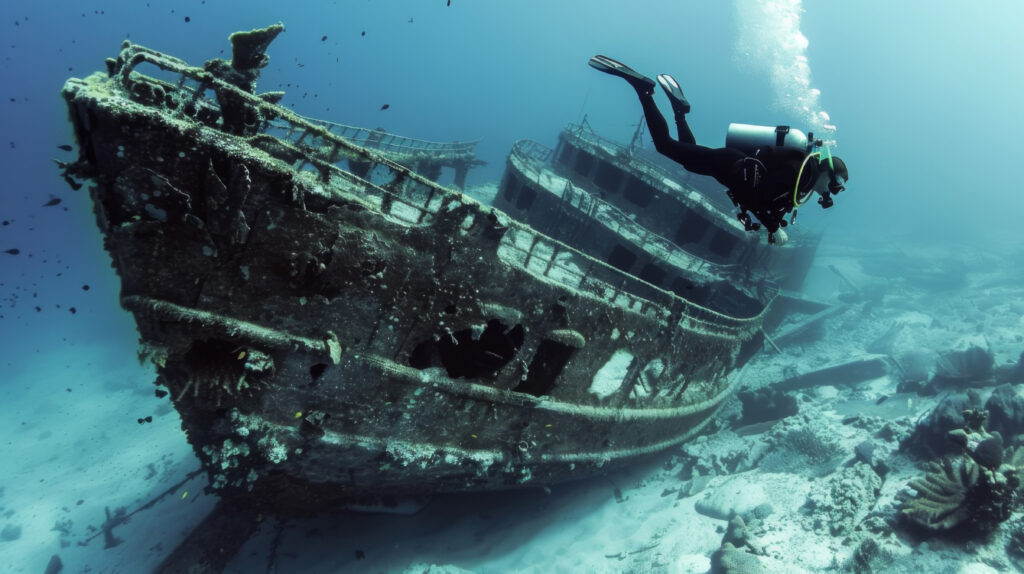Introduction
The Titanic has become more than just a shipwreck — it is a symbol of human ambition, tragedy, and mystery. Marketed as the “unsinkable ship,” it set sail on its maiden voyage in April 1912, carrying dreams, wealth, and hope across the Atlantic. But when it struck an iceberg and sank, the world was left in shock.
More than a century later, we still ask the same questions: Was it really just an accident? Or was there a darker truth behind the disaster? This is the dark history behind the Titanic — the secrets they tried to hide.

The Ship of Dreams or a Ship of Arrogance?
The Titanic was not just a ship; it was a floating empire of luxury. Built by the White Star Line, it was the largest and most advanced passenger liner of its time. Its interiors were designed to rival the finest hotels in Europe, with ballrooms, chandeliers, and even a swimming pool.
But this grandeur came at a price. While first-class passengers enjoyed lavish comfort, third-class immigrants were crammed into small, uncomfortable cabins. The ship carried hope for some, but inequality was built into its very structure.
And then came the most dangerous assumption — Titanic was declared “unsinkable.” This arrogance would soon turn into its greatest curse.
The Hidden Flaws of Construction
Behind the scenes, Titanic’s construction was far from perfect:
- Poor Working Conditions: Laborers in Belfast shipyards worked under harsh and risky conditions. Many suffered injuries, and some even lost their lives.
- Weak Steel & Rivets: Later investigations suggested that the steel and rivets used in Titanic’s hull were of poor quality, making it more vulnerable to damage.
- Too Few Lifeboats: Titanic had the capacity for over 2,200 passengers but carried lifeboats for only about 1,200. Why? Because too many lifeboats would “spoil the view” of the deck. Safety was sacrificed for style.
These were not accidents — they were decisions made by people who prioritized profit and appearance over human life.
The Fateful Night of April 14, 1912
On the evening of April 14, the Titanic received multiple warnings about icebergs. Yet, the ship continued at high speed. At 11:40 PM, the inevitable happened — the ship struck a massive iceberg in the North Atlantic.
The collision tore open the hull, flooding multiple compartments. Panic spread. But the real tragedy was not just the sinking — it was who got to survive.
- First-class passengers were given priority for lifeboats.
- Many third-class passengers were locked below deck, unable to reach safety.
- Out of 2,200 people onboard, more than 1,500 lost their lives — most of them poor immigrants seeking a better life.
The Titanic did not just sink; it exposed the cruel truth of class inequality.

The Secrets They Tried to Hide
Even after the tragedy, questions remained unanswered. Over time, several dark theories and hidden truths came to light:
1. The Olympic Switch Theory
Some historians believe it wasn’t the Titanic that sank, but its sister ship, the Olympic. The theory suggests the ships were secretly swapped as part of an insurance scam gone wrong.
2. Ignored Ice Warnings
Titanic’s radio operators received iceberg warnings from nearby ships. Some were ignored, others delayed. Why? Because the crew prioritized sending private messages for wealthy passengers.
3. The Missing Binoculars
The lookout crew didn’t have binoculars that night. Was this negligence, or deliberate? A simple tool might have saved hundreds of lives.
4. The Powerful Passengers
Among the passengers were some of the world’s richest men, including John Jacob Astor IV. Rumors suggest that certain elite figures survived while the poor were left behind, deepening the suspicion of selective rescue.
These unanswered questions make the Titanic’s history darker than most realize.
The Aftermath and Cover-Up
After the sinking, both the U.S. Senate and British Board of Trade launched investigations. But many believe the inquiries were designed to protect the White Star Line and its investors.
The official blame was placed on the iceberg, but reports of negligence, ignored warnings, and safety oversights were downplayed. Survivors from poor families received little support, while the shipping company quietly continued business.
The truth was buried, much like the ship itself — lying at the bottom of the ocean.

The Lessons of Titanic’s Dark History
The Titanic forced the world to change. Maritime laws were rewritten:
- Lifeboats became mandatory for all passengers.
- Continuous radio watch was enforced.
- Safety drills became a standard practice.
But beyond laws, Titanic’s dark history teaches a deeper lesson: arrogance, greed, and inequality can sink even the greatest of human creations.
Conclusion
The Titanic remains the most famous shipwreck in history — not just because of its size or tragedy, but because of the secrets it carries. It was more than an accident; it was a reflection of human pride, class division, and hidden truths.
The Titanic was called “unsinkable,” but its dark history proves that no dream built on arrogance and neglect can truly survive.